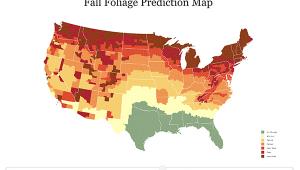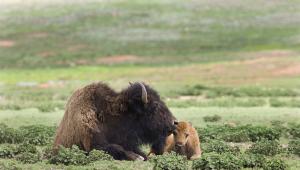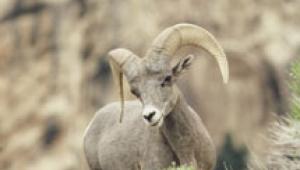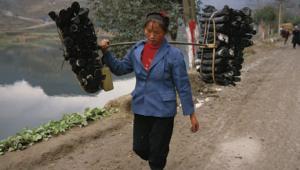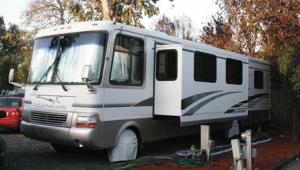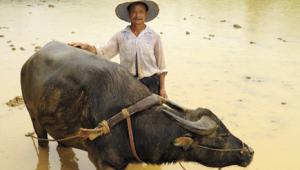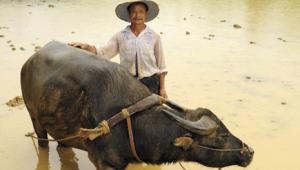Locations; Carrizo Plain National Monument; Photo Ops In California’s Serengeti
The Carrizo Plain National Monument, located in California’s Central Valley (a four-hour drive north of Los Angeles), is known as California’s “Serengeti” because of its plethora of wildlife diversity thriving in the last of California’s historic grasslands. This 50-mile stretch of sweeping grasslands lies between the Caliente and Temblor Mountain Ranges, one of my favorite locations in Central California for photographing vast landscapes, natural history, flora, and fauna. During the summer the Carrizo Plain is one of the hottest places in California, so plan a photo trip between October and May unless you’re focusing on reptiles. Otherwise, you’ll need an assortment of lenses to capture the many photo opportunities of this little known Central California gem.
 |
|
|
Former President Bill Clinton designated the 250,000 acres of grass and woodlands a national monument in January 2001. That was good news for 13 threatened and endangered species that find refuge in the plain, including unique wildlife like the San Joaquin kit fox, blunt-nosed leopard lizard, giant kangaroo rat, and San Joaquin antelope ground squirrel. Carrizo also provides a critical foraging habitat for endangered California condors.
Over 100 species of birds live seasonally or year-round at Carrizo. A quarter of the state’s sandhill crane population overwinters in 3000-acre Soda Lake, one of the largest undisturbed alkaline wetlands in the state. Because there’s no outlet for the water rushing down from the mountains into Soda Lake, it eventually evaporates into a sometimes glistening, occasionally blinding salt pan, an expanse of sulfate and carbonate salts that seems to slowly sway during the heat of the day.
 |
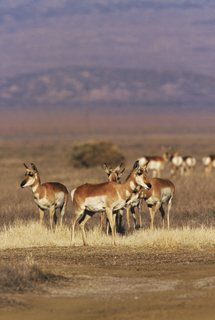 |
||
|
|
As skittish as the pronghorn antelope can be (they are North America’s fastest land mammal, reaching speeds of 50 mph), there are plenty of critters in the Carrizo Plain that are very approachable. It’s best to keep the 70-200mm lens at the ready. I’ve experienced many close encounters with baby jackrabbits, northern Pacific rattlesnakes, San Joaquin antelope ground squirrels, roadrunners, and blunt-nosed leopard lizards that required little effort.
The Carrizo Plain was once the northern territory of the Chumash Indians and their elaborate rock art can be photographed in the few rock outcroppings across the western fringe of the national monument. Any rock art should be approached cautiously without stirring up a lot of dust. Painted Rock is a natural amphitheater that was used for ceremonies and an earthly canvas for depicting their way of life. Burrowing owls, ravens, tree swallows, and other wildlife also use the horseshoe-shaped rock for refuge.
 |
|
|
- Log in or register to post comments
